Golf is a game that demands accuracy, strategy, and power. While many golfers focus on perfecting their swing mechanics or mastering their putting stroke, one critical factor often gets overlooked: “swing speed”. Did you know that just a 1 mph increase in your swing speed can add up to 2.5 yards to your drive? For amateur golfers looking to gain distance and seasoned pros aiming to fine-tune their performance, understanding and improving swing speed could be the key to unlocking your full potential on the course.
In this comprehensive guide, we’ll explore everything you need to know about golf swing speed—what it is, why it matters, and how you stack up against other players in your age group and gender. We’ll also provide actionable tips, debunk common misconceptions, and offer practical strategies to help you boost your swing speed. Whether you’re a beginner or an experienced golfer, this article will equip you with the tools to elevate your game.
What Is Swing Speed and Why Does It Matter?
Swing speed refers to the velocity at which the clubhead moves through impact during a golf swing. Measured in miles per hour (mph), it directly influences the distance your ball travels. The faster your swing speed, the greater the energy transferred to the ball, resulting in longer drives and more powerful shots.
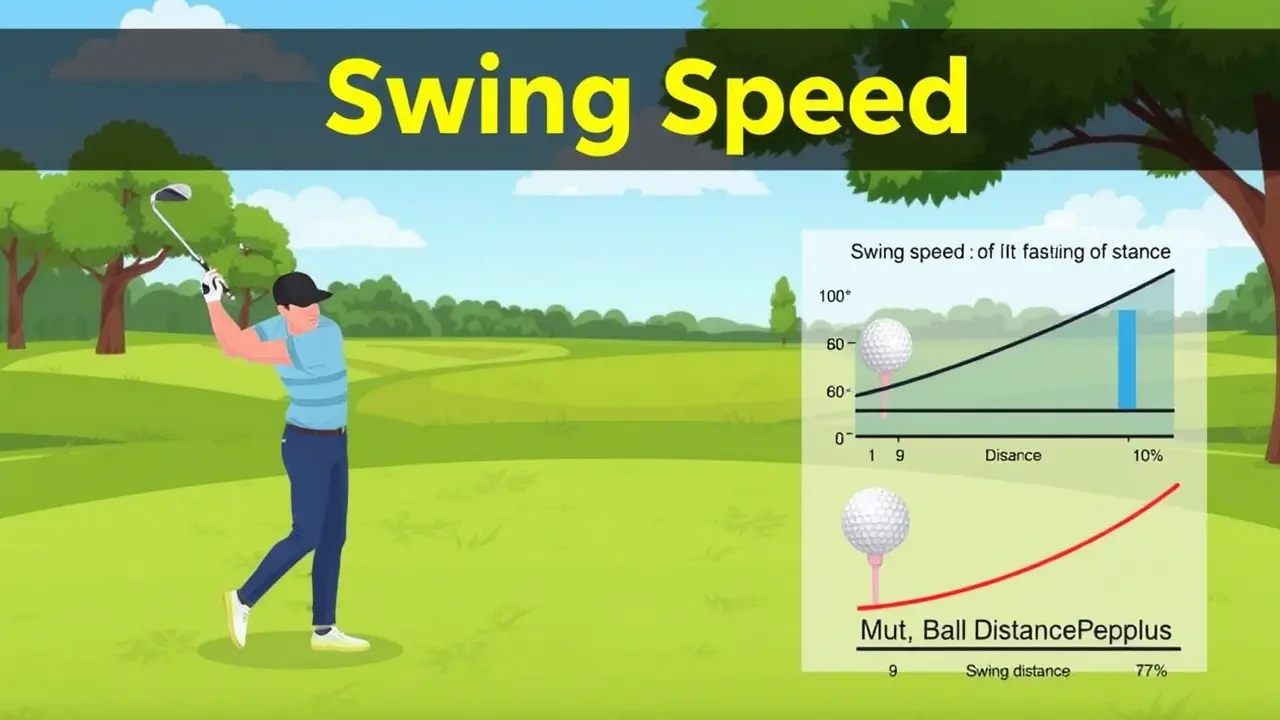
But swing speed isn’t just about raw power—it’s also about efficiency. A well-timed swing with proper mechanics can generate more speed than brute force alone. This is why professional golfers like Bryson DeChambeau and Rory McIlroy consistently achieve high swing speeds without sacrificing accuracy.
Why Should You Care About Swing Speed?
1. Increased Distance: Faster swing speeds translate to longer drives, giving you a significant advantage on the course.
2. Better Performance: Higher swing speeds allow you to hit shorter irons into greens, improving your chances of scoring birdies.
3. Competitive Edge: Whether you’re playing recreationally or competitively, having a faster swing speed can set you apart from your peers.
4. Health Indicator: For older golfers, maintaining or improving swing speed can be a sign of overall physical fitness and mobility.
Now that we’ve established the importance of swing speed, let’s dive into the data to see how you compare to other golfers using a detailed age golf swing speed chart.
Swing Speed Benchmarks by Age and Gender
Understanding where you stand relative to others can help you set realistic goals and track your progress. To provide context, we’ve compiled average swing speed benchmarks based on age and gender using data from trusted sources like TrackMan and FlightScope.
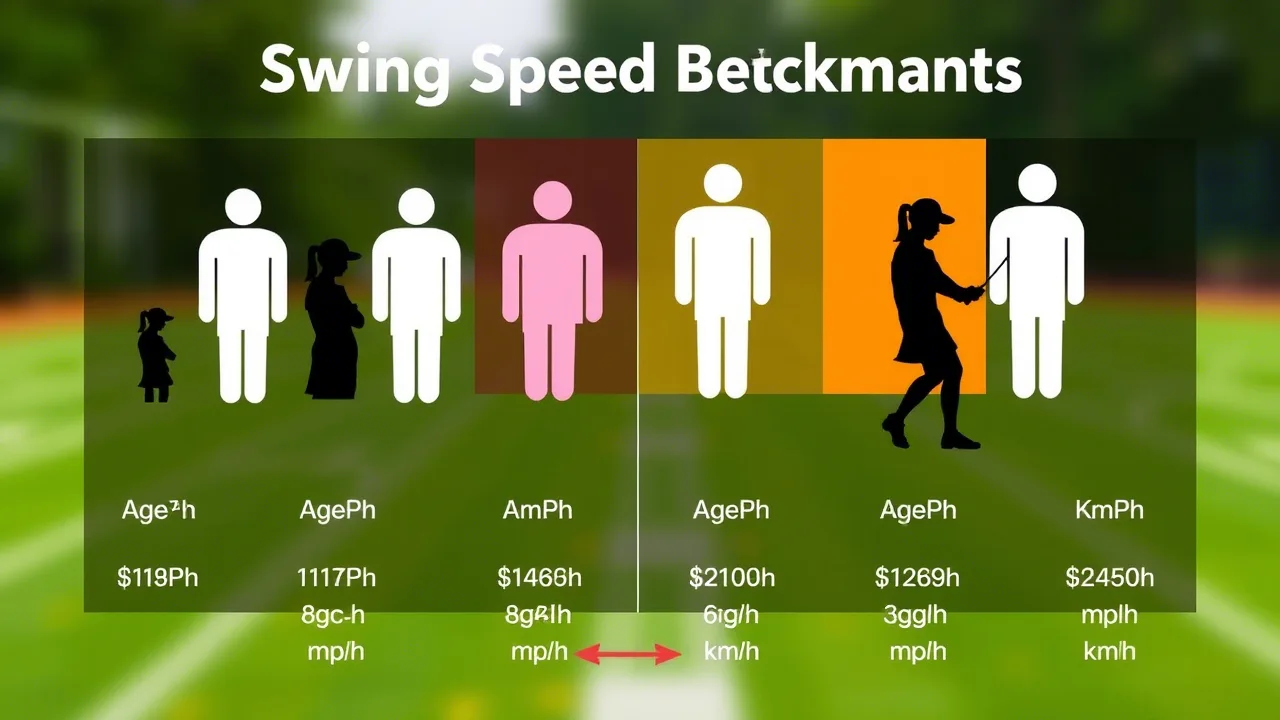
Average Swing Speeds by Age Group
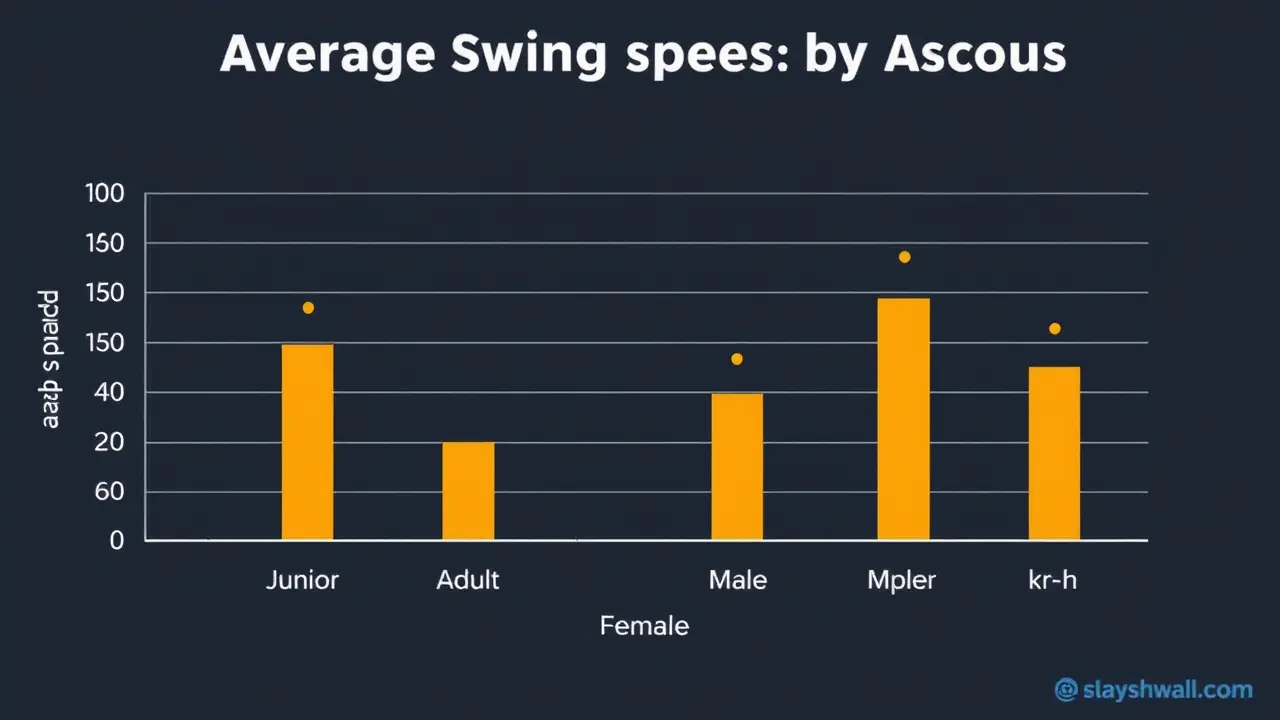
Age Group | Male Avg. Swing Speed (mph) | Female Avg. Swing Speed (mph) |
20–30 | 96 | 78 |
31–40 | 94 | 76 |
41–50 | 92 | 74 |
51+ | 89 | 71 |
How Do These Numbers Compare?
Younger Players (20–30): Typically have the highest swing speeds due to peak physical condition and athleticism.
Middle-Aged Players (31–50): Experience a slight decline as muscle mass and flexibility begin to decrease.
Older Players (51+): Show a noticeable drop in swing speed, but targeted training can help mitigate this decline.
Correlation Between Swing Speed and Driving Distance
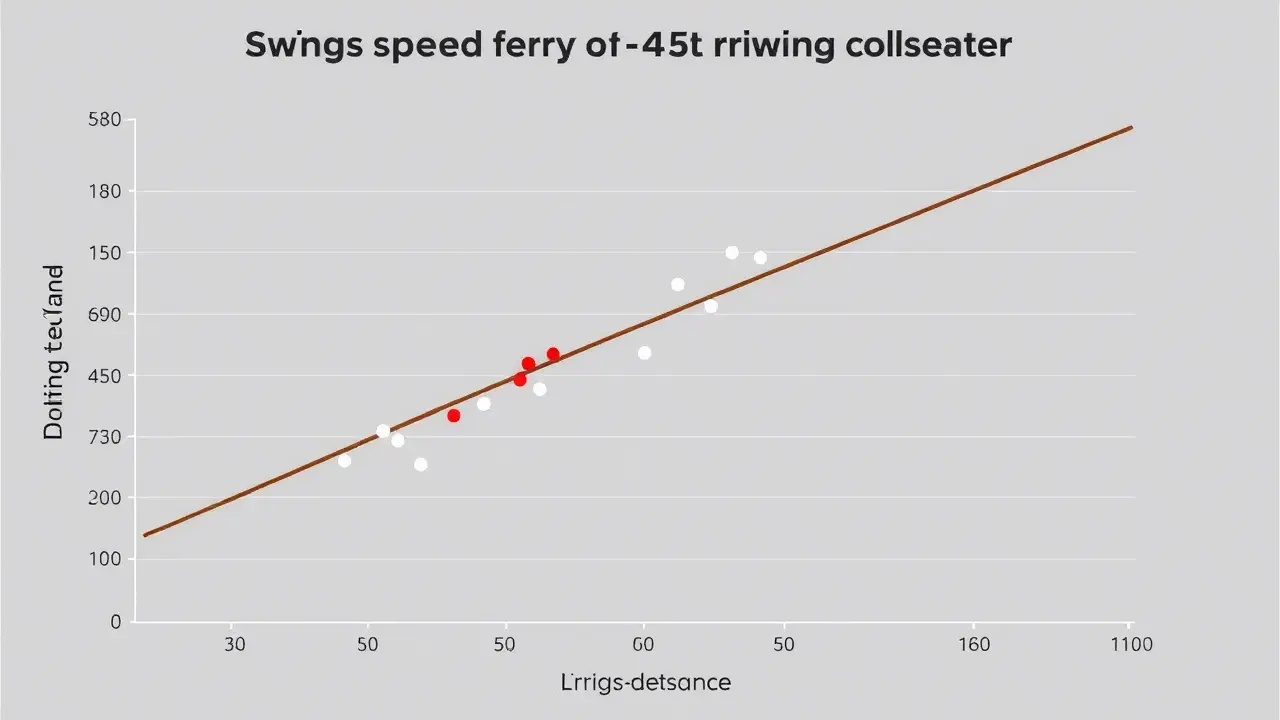
Swing speed doesn’t just affect your club selection—it also determines how far your ball travels. Here’s a quick breakdown:
| Swing Speed (mph) | Driving Distance (yards) |
| 80 | 180 |
| 90 | 225 |
| 100 | 270 |
| 110 | 315 |
As you can see, even small improvements in swing speed can lead to significant gains in driving distance. For those interested in specific clubs, the average 7 iron swing speed by age typically ranges from 70–85 mph for men and 55–70 mph for women, depending on age and skill level.
For a more detailed look, refer to our club head speed chart or golf swing speed chart, which breaks down these numbers further by age group and gender.
Debunking Common Myths About Swing Speed
Before we dive into actionable tips, let’s address some common misconceptions about swing speed that may be holding you back.
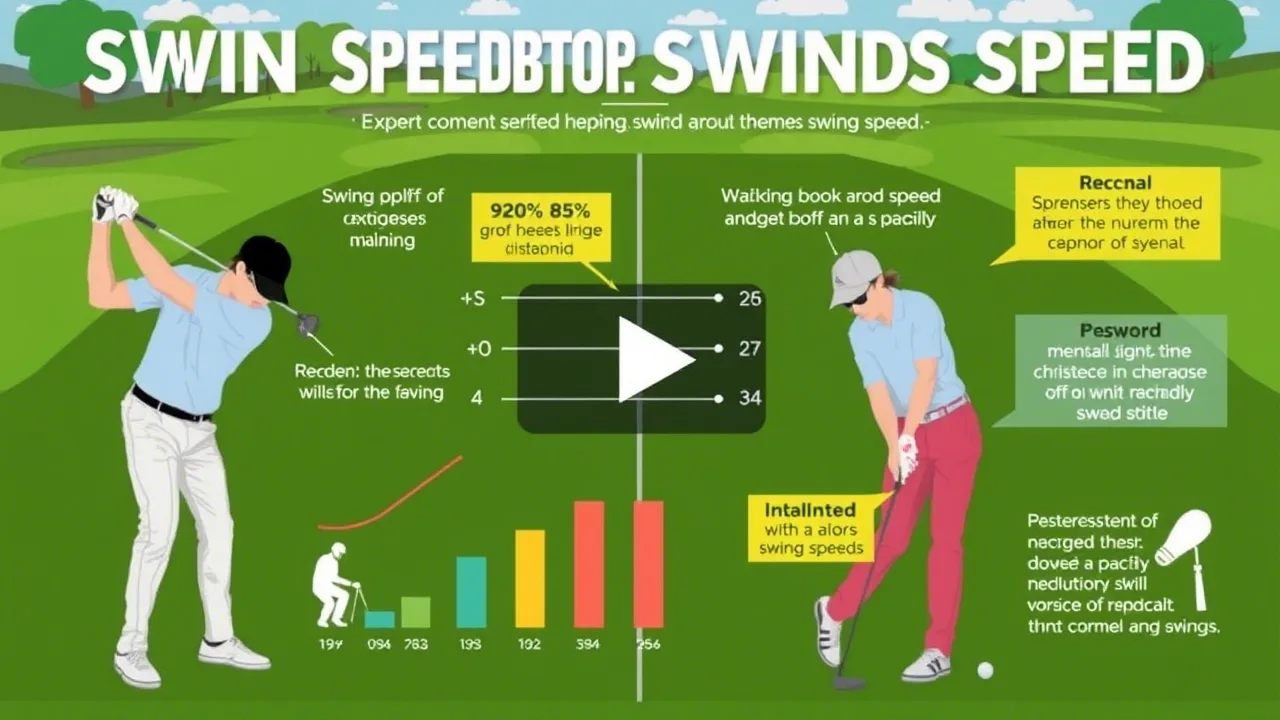
Myth #1: Only Young Players Can Achieve High Swing Speeds
While younger players tend to have higher swing speeds due to natural athleticism, older players can still achieve impressive results with proper training. Many senior golfers have maintained or even increased their swing speeds through strength conditioning and flexibility exercises.
Myth #2: Expensive Equipment Is Necessary to Improve Swing Speed
While lighter clubs and advanced shaft materials can enhance performance, they’re not essential. Focus on improving your technique and physical fitness first—these changes will yield the most significant results.
Myth #3: Swing Speed Is All About Strength
Strength plays a role, but flexibility, balance, and timing are equally important. A smooth, efficient swing generates more speed than sheer muscle power.
Actionable Tips to Boost Your Swing Speed
Ready to take your swing speed to the next level? Here are some proven strategies to help you achieve faster, more powerful swings.
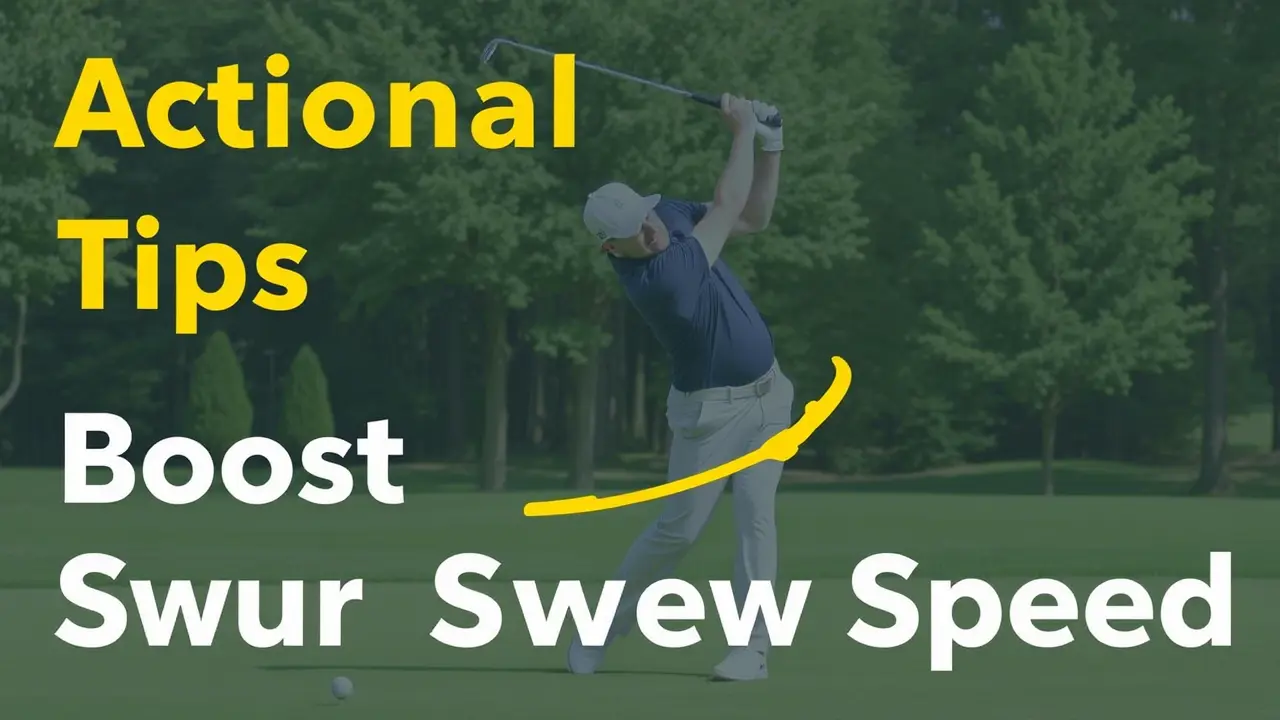
1. Strengthen Your Core and Lower Body
Your core muscles (abs, obliques, lower back) and legs are the foundation of a powerful swing. Incorporate these exercises into your routine:
- Medicine Ball Throws: Develop explosive rotational power.
- Deadlifts: Build lower body strength and stability.
- Planks and Russian Twists: Enhance core endurance and control.
2. Improve Flexibility and Mobility
A flexible body allows for a fuller range of motion, which translates to greater swing speed. Try these stretches:
Hip Rotations: Loosen tight hips for better rotation.
Thoracic Spine Stretch: Increase upper back mobility.
Dynamic Warm-Ups: Use arm circles and torso twists before hitting the range.
3. Optimize Your Technique
Efficient mechanics are crucial for maximizing swing speed. Work with a coach to refine your swing path, tempo, and sequencing. Key areas to focus on include:
Lag Creation: Maintain wrist hinge during the downswing to store energy.
Weight Transfer: Shift your weight smoothly from back foot to front foot.
Follow-Through: Finish with a balanced, extended position.
4. Upgrade Your Equipment (If Needed)
While equipment isn’t the primary factor, switching to lighter clubs or graphite shafts can make a difference if your current gear feels cumbersome. Consult a professional fitter to find the right setup for your swing.
5. Train with Technology
Modern tools like launch monitors and swing analyzers can provide real-time feedback on your swing speed and other metrics. Use this data to identify areas for improvement and track your progress over time.
Visualizing Swing Speed Trends
To make complex data more digestible, here are some visuals illustrating swing speed trends across demographics:
Bar Chart: Average Swing Speed by Age Group
Bar chart showing male and female averages side by side
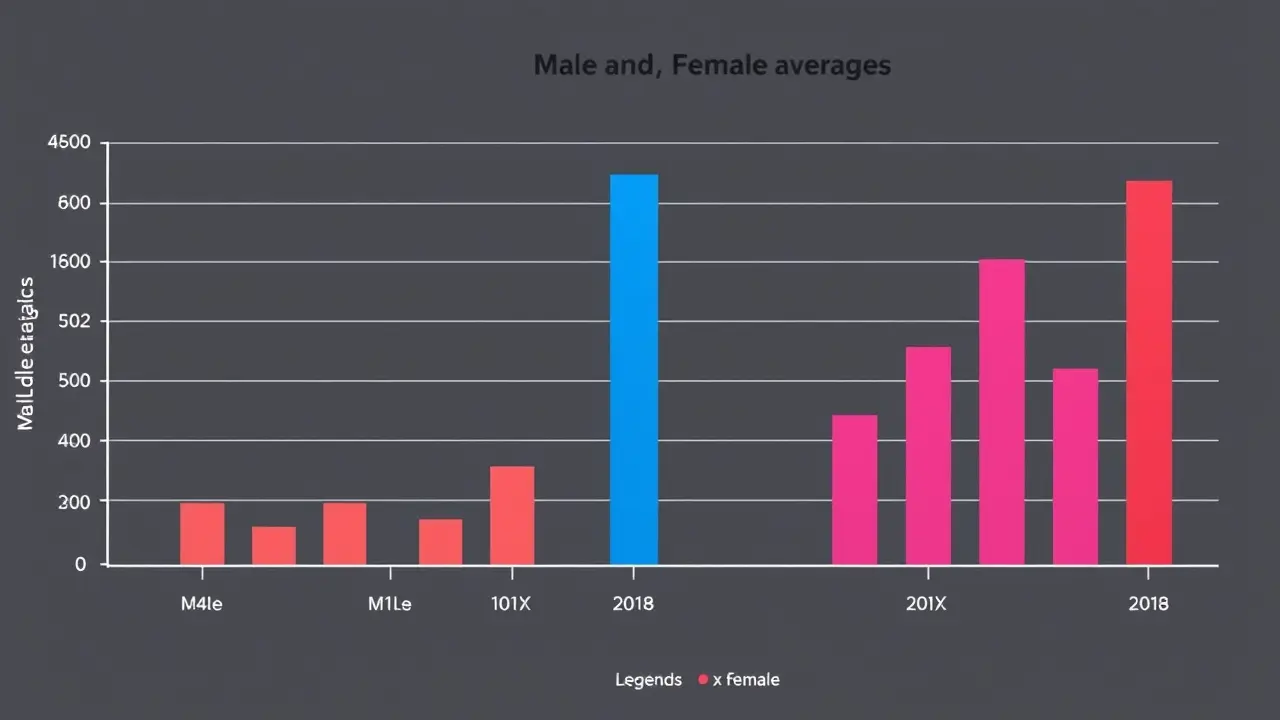
Line Graph: Correlation Between Swing Speed and Driving Distance
Line graph plotting swing speed on the x-axis and driving distance on the y-axis
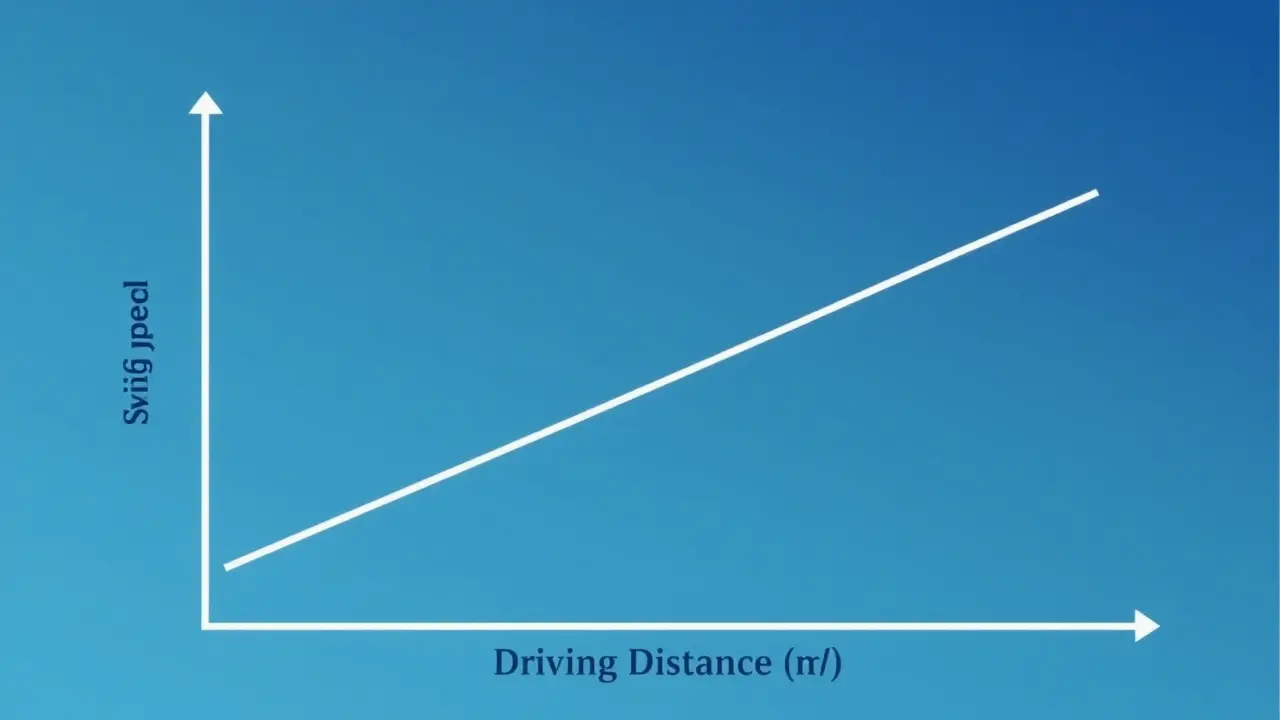
These visuals highlight the importance of maintaining or increasing swing speed as you age and demonstrate the direct relationship between speed and distance.
Interactive Quiz: How Does Your Swing Speed Stack Up?
Engage your readers with an interactive quiz! Ask them to input their age, gender, and current swing speed to receive personalized feedback on how they compare to averages. Include actionable advice based on their results.
Conclusion: Take Your Game to the Next Level
Improving your golf swing speed is within reach, no matter your age or skill level. By understanding the benchmarks, debunking myths, and implementing the tips outlined in this article, you can unlock new levels of power and performance on the course.
Ready to get started? Measure your current swing speed, set achievable goals, and commit to a consistent training regimen. For personalized guidance, check out our free eBook on boosting swing speed or connect with one of our certified coaches today!


